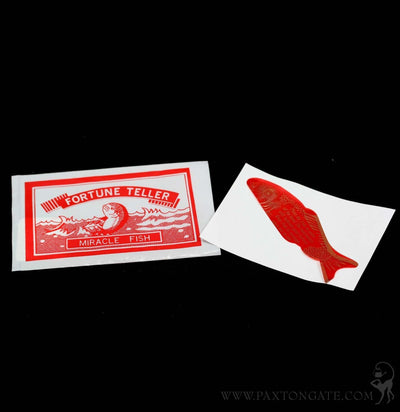Hollardops Trilobite Fossil in Matrix Specimen B
Hollardops Trilobite Fossil in Matrix Specimen B
- Ethically Sourced
- Secure payments
- Small Business/Artisan Made
- Packed With Recycled Materials
- Low stock - 1 item left
- Inventory on the way
2.5"
The name Trilobite means three lobed and refers to the main axial lobe which is flanked by side-ribs on the left and right, not the head, thorax, and tail that one might assume. They were one of the most common creatures of the Paleozoic era and went extinct before dinosaurs ever appeared. Their exoskeletons lent themselves easily to fossilization due to the high calcite content. Each family has distinct variations- so you can pick out one or a few that match your fossil style.
Hollardops is a genus of trilobites, an extinct class of marine arthropods that thrived during the Paleozoic era. Hollardops is particularly well-known from the Devonian period, approximately 419 to 359 million years ago. This genus provides significant insights into the morphology, ecology, and evolutionary history of trilobites.
One of the most distinctive features of Hollardops is its well-developed, compound eyes. These eyes are composed of numerous small lenses, providing a wide field of vision. The lenses are arranged in a pattern that maximizes light capture, suggesting Hollardops had excellent vision, which was crucial for detecting predators and navigating its environment.
Hollardops trilobites inhabited marine environments, primarily dwelling on the sea floor. Their fossils are often found in fine-grained sedimentary rocks, indicating they lived in calm, low-energy environments such as shallow marine settings and continental shelves.
Hollardops, like all trilobites, eventually went extinct at the end of the Permian period, around 252 million years ago, during the Permian-Triassic extinction event. This event was the most severe extinction in Earth's history, eliminating a vast majority of marine and terrestrial species. The causes are believed to be a combination of massive volcanic eruptions, climate change, and oceanic anoxia.
This is a unique, one of a kind, fossil. Once this item is sold, we will not be about to acquire an exact replacement. All Paxton Gate specimens are guaranteed to be of the highest quality; sourced from ethical vendors and private collectors around the world.















